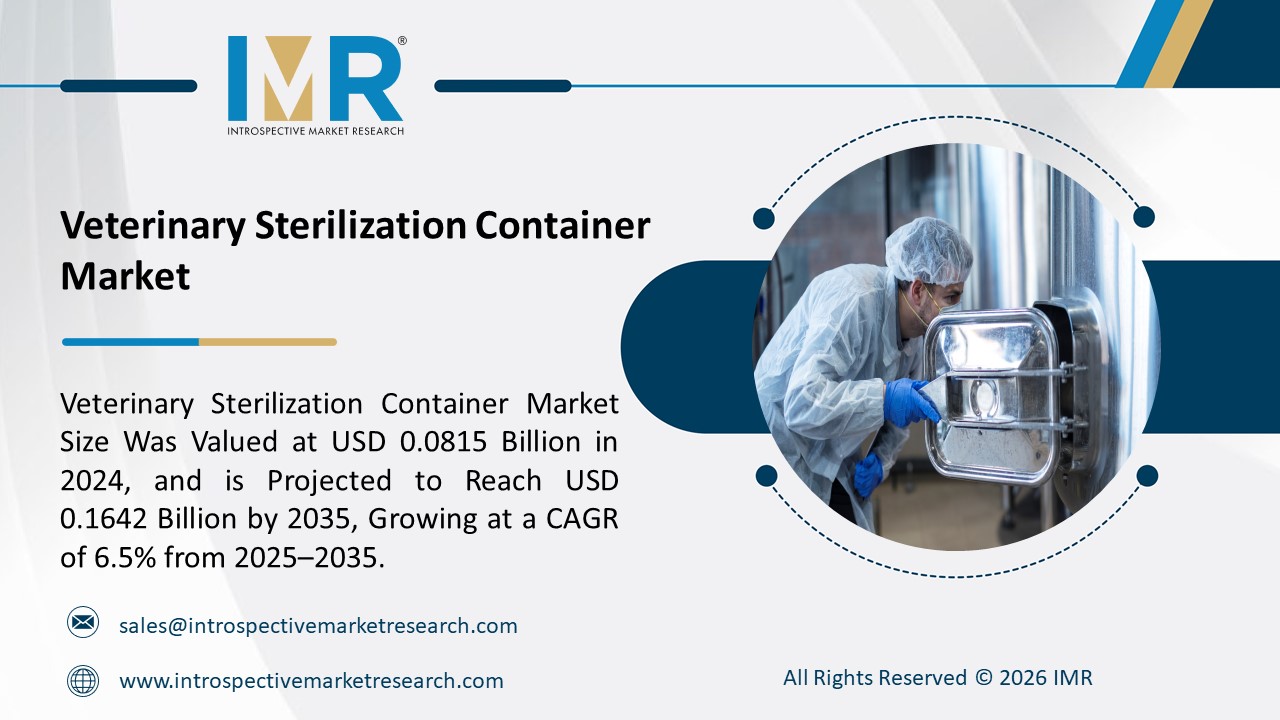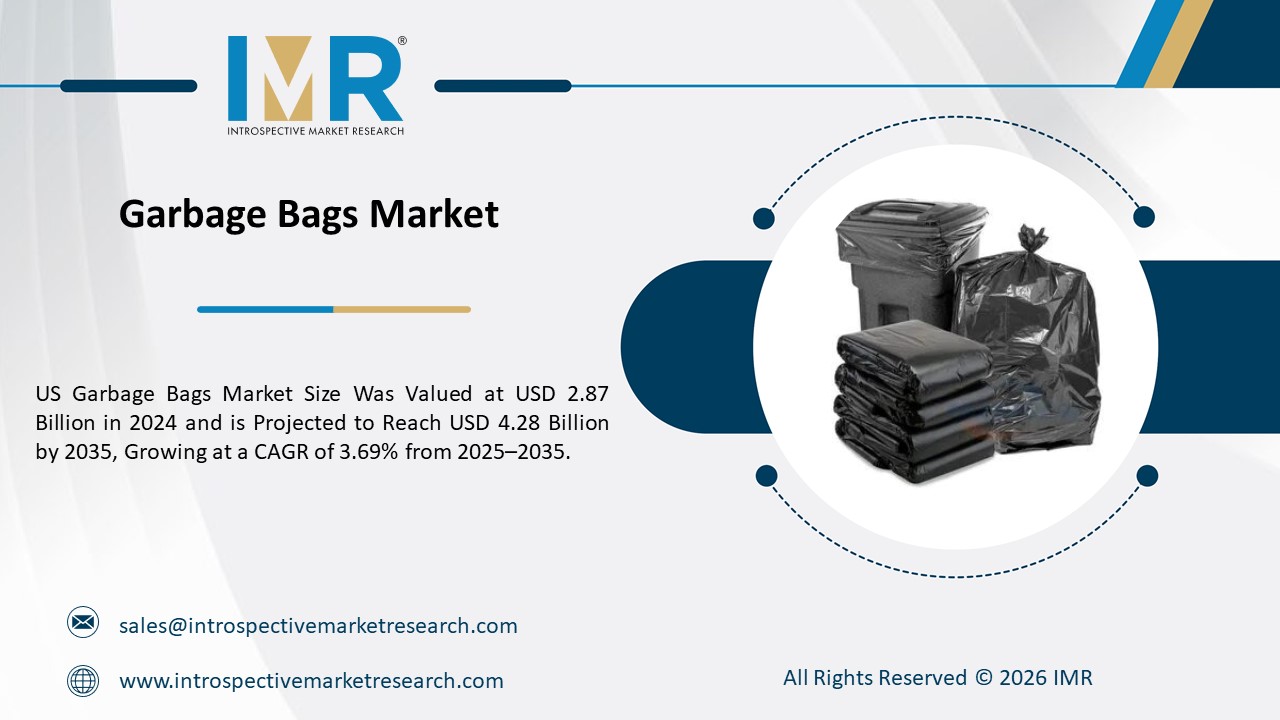
Market Overview
According to a new report published by Introspective Market Research, titled, ?Automotive ADAS (Advanced Driver Assistance Systems (ADAS) Market by Application and Packaging Type: Global Opportunity Analysis and Industry Forecast, 2024?2032,?
The global Automotive ADAS (Advanced Driver Assistance Systems (ADAS) Market Size Was Valued at USD 37.87 Billion in 2023 and is Projected to Reach USD 74.75 Billion by 2032, Growing at a CAGR of 11.98 % From 2024-2032.
Incorporating Advanced Driver Assistance Systems (ADAS) into contemporary vehicles marks a significant change in focus toward enhancing safety and efficiency while driving. By utilizing important safety functions like pedestrian detection, automatic emergency braking, and lane departure warning, ADAS greatly decreases the chances of accidents and gives drivers improved situational awareness. Furthermore, these systems use advanced monitoring and predictive analytics to predict possible dangers, allowing drivers to react promptly to evolving road situations. Utilizing feedback mechanisms such as auditory signals and haptic feedback helps in quickly taking corrective actions, improving road safety, and reducing the consequences of human mistakes.
Semiconductors are crucial in supporting the technology of ADAS by enabling smooth connection among sensors, cameras, and radar units. This complex system utilizes high-tech semiconductor processors to handle large volumes of data instantly, allowing for capabilities like adaptive cruise control and automatic emergency braking. The NVIDIA Drive AGX platform showcases top-tier semiconductor performance in ADAS applications, using advanced processors to provide various autonomous driving features. The integration of semiconductor technology with ADAS hardware drives innovation in the automotive sector and enhances ADAS features, leading to higher safety standards and faster progress toward fully autonomous driving.
With ongoing advancements in semiconductor technology, the potential for ADAS features to improve significantly to enhance vehicle safety and efficiency is on the horizon. The collaboration of semiconductor advancement and ADAS hardware offers a huge potential for advancement and creativity in the automotive industry. Thanks to continuous improvements in semiconductor technology, ADAS systems are expected to become increasingly sophisticated and flexible, leading to a new era of safer and more autonomous transportation.
Global Automotive ADAS (Advanced Driver Assistance Systems (ADAS) Market, Segmentation
The Automotive ADAS (Advanced Driver Assistance Systems (ADAS) market is segmented based on Type, Technology, Vehicle Type, Level of Autonomy, and region.
Type:
The Automotive ADAS (Advanced Driver Assistance Systems (ADAS) type segment is further classified into Parking Assist Systems, Adaptive Front-Lighting, Night Vision Systems, Blind Spot Detection, Advanced Automatic Emergency Braking Systems, and Others. Among these, the Advanced Automatic Emergency Braking Systems accounted for the highest market share in 2023. Advanced Automatic Emergency Braking Systems are a major progression in vehicle safety technology, aiming to avoid or lessen accidents by applying the brakes automatically if the driver does not respond quickly enough. By using sensors such as radar and cameras, these systems can identify obstacles ahead of the vehicle and quickly act to lower the chances of a crash. While certain systems only target the detection of other vehicles, others can recognize cyclists and pedestrians as well. Companies are incorporating AEB technology into various types of vehicles, including small city cars and big SUVs, to offer drivers an extra level of protection.
Levels of Autonomy:
The levels of Autonomy segment is further classified into Level 1 (Driver Assistance), Level 2 (Partial Driving Automation), Level 3 (Conditional Driving Automation), Level 4 (High Driving Automation), and Level 5 (Full Driving Automation). Among these, the Level 4 (High Driving Automation) sub-segment is anticipated to show the fastest growth by 2031. Level 4 autonomy signifies a significant advancement in car technology, enabling vehicles to drive in specific situations without the need for human control. This important achievement has encouraged cooperation between traditional car manufacturers and tech industry leaders, with NAVYA, Waymo, Magna, and Volvo taking the lead. Progress in-laws, infrastructure, and technology are creating opportunities for wider implementation, though still limited to certain settings.
Market Segmentation
By Type
- Parking Assist Systems
- Adaptive Front-Lighting
- Night Vision Systems
- Blind Spot Detection
- Advanced Automatic Emergency Braking Systems
- Others
By Technology
- Radar
- Lidar
- Camera
By Vehicle Type
- Radar
- Lidar
- Camera
By Level of Autonomy
- Level 1 (Driver Assistance)
- Level 2 (Partial Driving Automation)
- Level 3 (Conditional Driving Automation)
- Level 4 (High Driving Automation)
- Level 5 (Full Driving Automation)
Region:
The Automotive ADAS (Advanced Driver Assistance Systems (ADAS) market in Western Europe is projected to show the fastest growth by 2032. Germany's focus on precise engineering and attention to detail are well-suited to the requirements of ADAS technologies, which require reliability, precision, and top performance. German car manufacturers use their knowledge in combining sensors, computer vision, and machine learning to create advanced ADAS technologies that improve safety for drivers and offer more comfort. Germany benefits from not only technological expertise but also a regulatory framework that promotes the uptake of ADAS technologies. Government programs, like offering rewards for self-driving and electric cars, stimulate innovation and investment in ADAS research and development Cooperation between industry stakeholders, academic institutions, and government entities is crucial for Germany's leading position in the ADAS sector.
Some of The Leading/Active Market Players Are-
- Harman International Industries (USA)
- Altera Corporation (Intel Corporation) (USA)
- Texas Instruments (USA)
- NVIDIA Corporation (USA)
- Intel Corporation (USA)
- Magna International (Canada)
- Hella Kgaa Hueck & Co. (Germany)
- Infineon Technologies AG (Germany)
- Aisin Seiki Co. Ltd. (Japan)
- Panasonic Corporation (Japan) and Other Active Players
Key Industry Developments
In April 2024, Microchip Technology Inc. announced the completed acquisition of VSI Co. Ltd., located in Seoul, Korea, a top supplier of fast, uneven, camera, sensor, and display connection technologies and products complying with the Automotive SerDes Alliance (ASA) open standard for In-Vehicle Networking (IVN). By acquiring VSI, Microchip strengthened its position in the automotive networking sector, further solidifying its leadership.
In April 2024, Mobileye Global Inc. signed a deal to offer sophisticated driver assistance technology for upcoming vehicles by Mahindra & Mahindra Ltd. to benefit from the expansion of India's car industry. Mobileye announced at CES in Las Vegas that they are collaborating with companies to develop a self-driving system for India. This partnership aimed to enhance the safety and performance of Mahindra & Mahindra's vehicles in India by leveraging Mobileye's expertise in ADAS technology.
Key Findings of the Study
- The global Automotive ADAS market was valued at USD 37.87 billion in 2023 and is projected to reach USD 74.75 billion by 2032, growing at a CAGR of 11.98% from 2024-2032.
- Advanced Automatic Emergency Braking Systems held the highest market share in 2023, reflecting their importance in vehicle safety technology.
- The Western Europe market is projected to show the fastest growth by 2032, with Germany leading due to its focus on engineering excellence and supportive regulatory frameworks.





